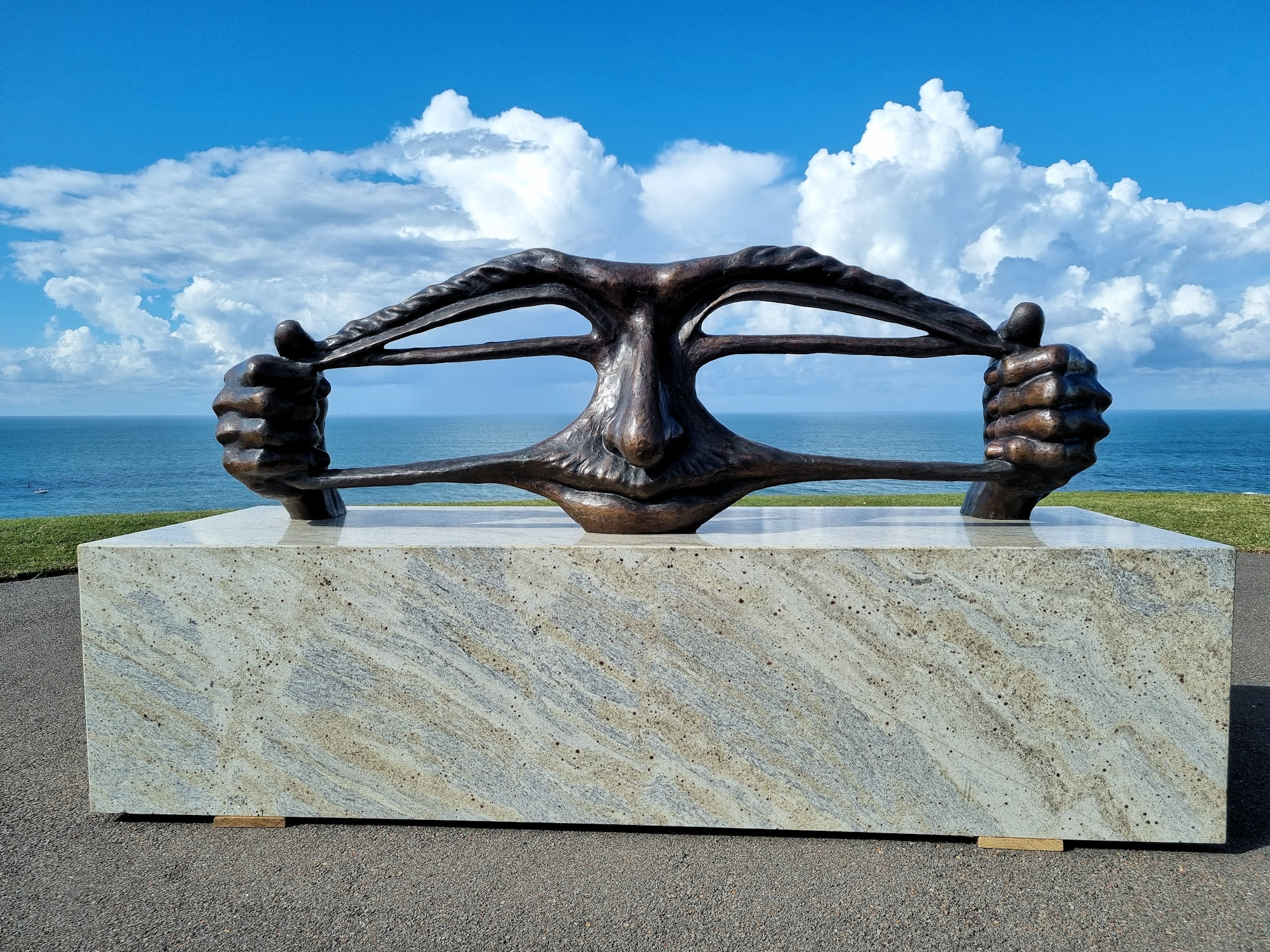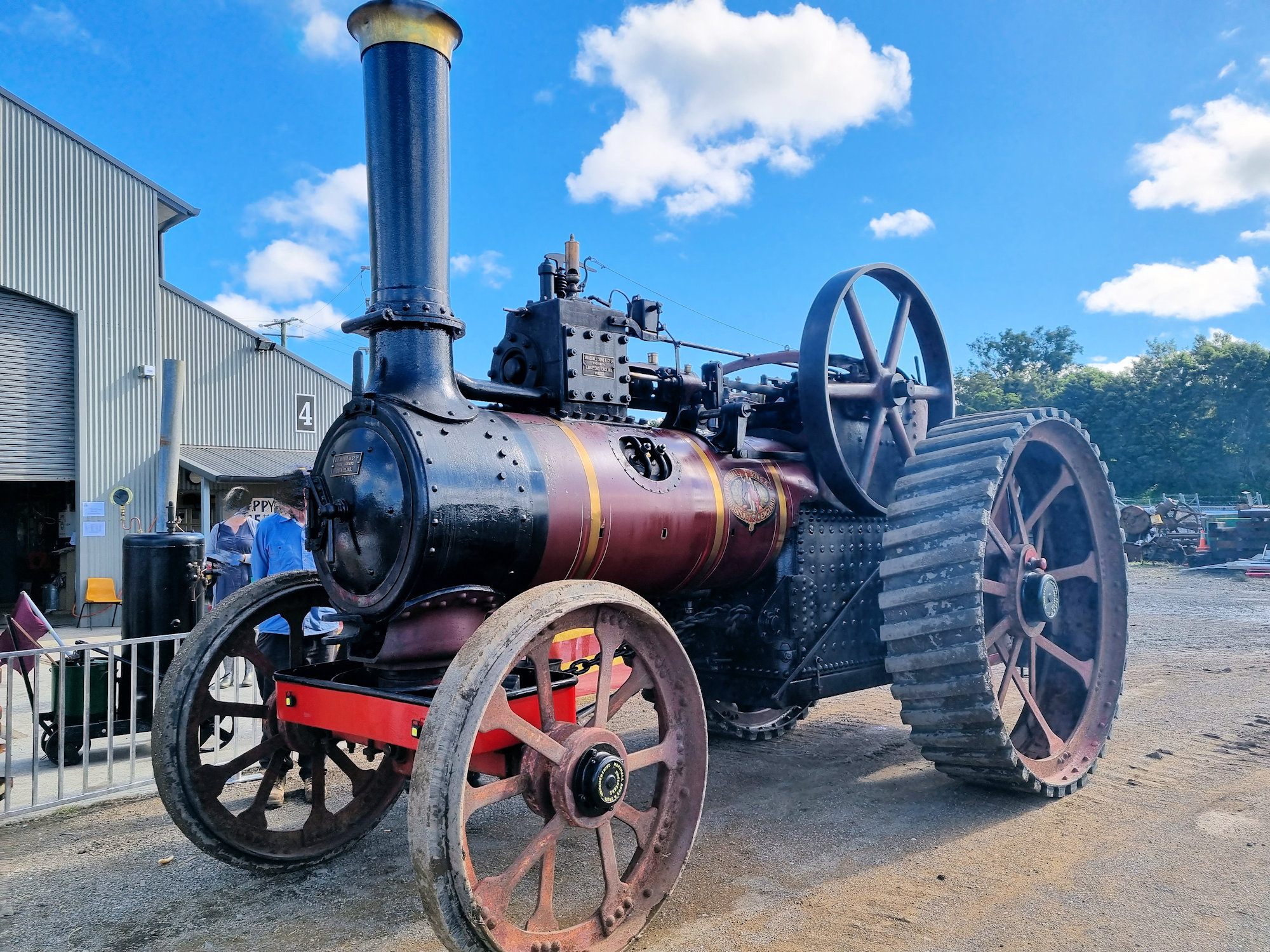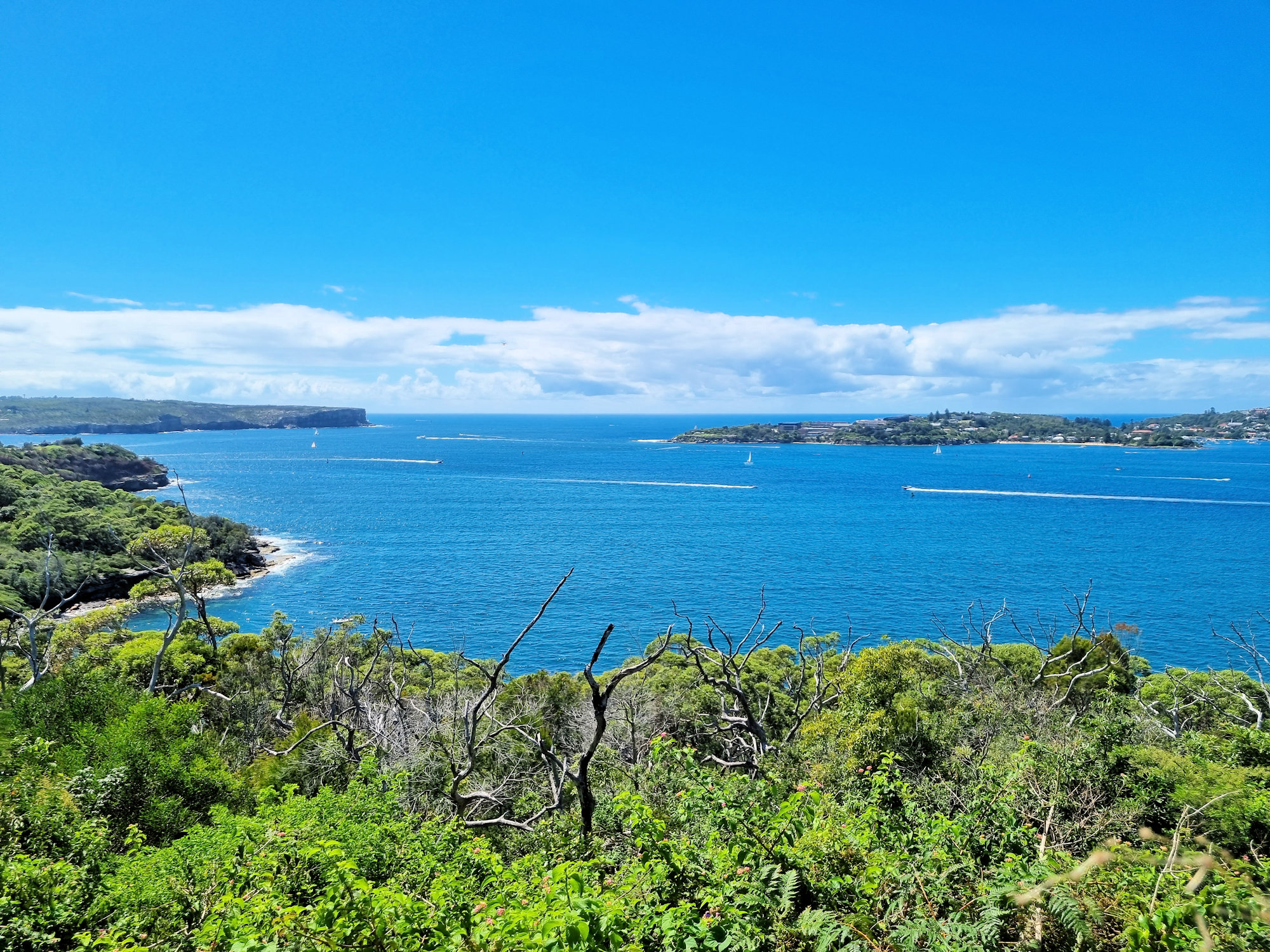Category: Building
Building
-
Sculptures at Scratchley

Sculptures at Scratchley Sculptures at Scratchley is a planned annual sculpture exhibition held for the first time this year in the grounds of Fort Scratchley, a historic fort at the entrance to Newcastle Harbour in New South Wales, Australia. Held for the first time in 2023 the exhibition showcases a selected number of international, national… Read more
-
Maitland Steamfest 2023

Maitland Steamfest 2023 This took place on 29 and 30 April 2023 in Maitland, New South Wales. Maitland Steamfest 2023 was a festival of steam and industrial heritage. The festival celebrates Maitland’s rich steam and industrial history, which dates back to the 19th century when the city was a major coal mining and railway centre.… Read more
-
Headland Park Walking Track

Headland Park Walking Track The Headland Park Walking Track is a scenic and historic trail that runs from Balmoral Beach to Georges Head in Mosman, Sydney, Australia. The walking track is approximately 4.5 kilometers in length and offers stunning views of the harbour and surrounding coastline. The portion we walked was approximately 2 kilometers long.… Read more